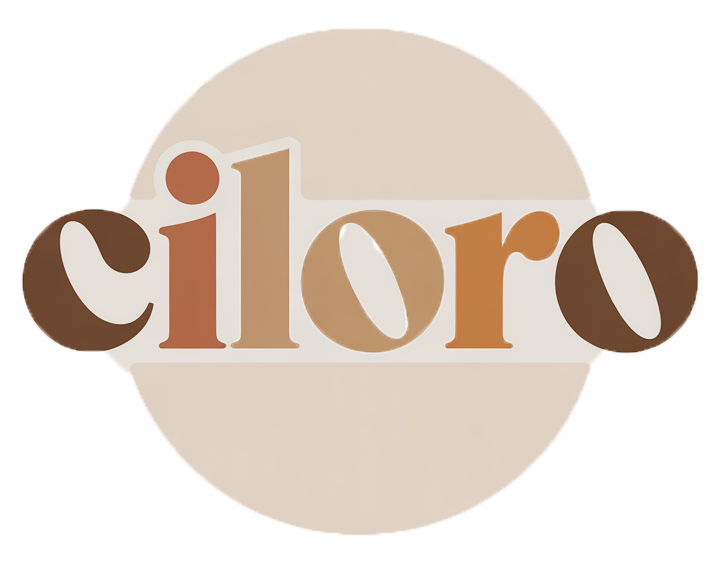Transform Your Space with Minimalist Home Decor Ideas
I. Introduction
Minimalism in home decor is an approach that emphasizes simplicity and functionality, focusing on the essentials while eliminating the excess. The growing popularity of minimalist decor can be attributed to its ability to create tranquil and uncluttered spaces that promote mental clarity and peace.
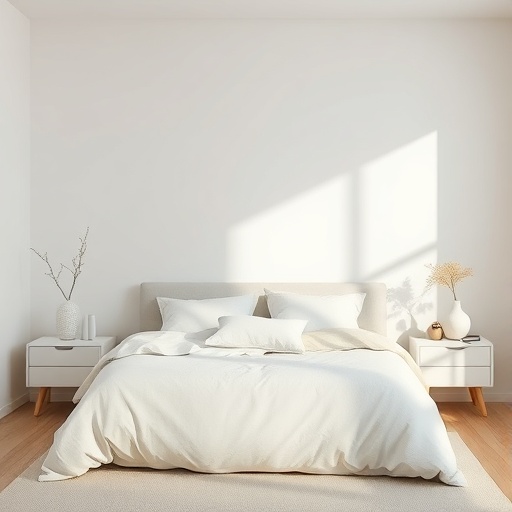
By adopting a minimalist approach, individuals can enjoy numerous benefits, including a more organized living environment, reduced stress levels, and increased functionality. This article will delve into the various aspects of minimalist home decor, providing practical ideas and tips for transforming your space.
II. Understanding Minimalism in Home Decor
A. The Philosophy of Minimalism
At its core, minimalism is about prioritizing what truly matters in life and decluttering both physical and mental spaces. Key principles of minimalism include:
- **Simplicity**: Focusing on essential items that serve a purpose.
- **Functionality**: Choosing decor and furniture that enhance daily living.
- **Intentionality**: Making deliberate choices about what to keep and what to let go.
The impact of minimalism on lifestyle and mental health can be profound, as it encourages individuals to live more intentionally and prioritize their well-being.
B. Minimalism vs. Decluttering
While decluttering involves removing unnecessary items, minimalism goes a step further by emphasizing the intentional selection of belongings. The importance of intentional selection in minimalism cannot be overstated; it is not just about getting rid of items but about choosing what aligns with your values and lifestyle.
III. Key Elements of Minimalist Home Decor
A. Color Palettes
In minimalist decor, color plays a crucial role in creating a cohesive and calming environment. Consider the following:
- Neutral Colors: Whites, greys, and beiges create a serene backdrop.
- Bold Colors: Used sparingly, bold colors can serve as accents in a minimalist space.
- Cohesive Color Schemes: Stick to a limited palette to maintain harmony throughout the space.
B. Furniture Choices
Selecting the right furniture is vital in achieving a minimalist look. Important considerations include:
- Multifunctional Furniture: Pieces that serve multiple purposes save space and enhance functionality.
- Quality Over Quantity: Invest in fewer, high-quality items rather than accumulating many low-quality pieces.
C. Textures and Materials
The use of natural materials can significantly impact the warmth and feel of a space. Focus on:
- Natural Materials: Incorporate wood, stone, and textiles for a grounded atmosphere.
- Textures: Varying textures can add depth without cluttering the visual space.
IV. Rooms to Transform with Minimalist Decor
A. Living Room
To create a minimalist living room, consider: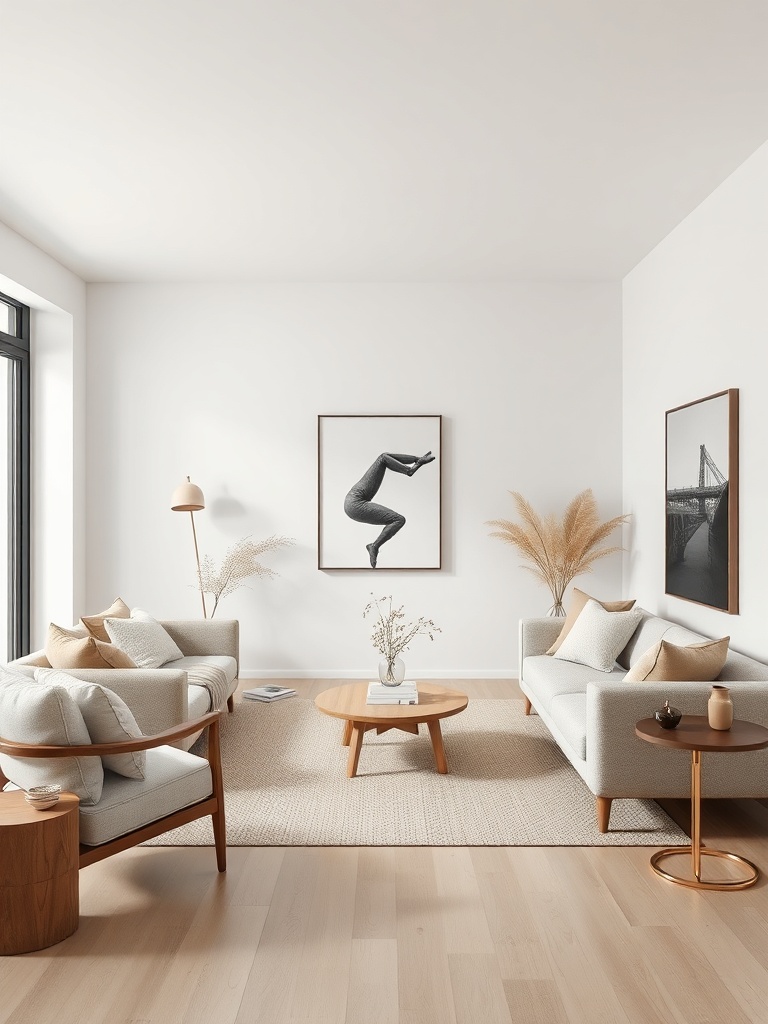
- Choosing a Focal Point: This could be a piece of art or a statement furniture item.
- Arranging Furniture: Keep pathways clear and maintain an open flow to enhance spaciousness.
B. Kitchen
For a minimalist kitchen, focus on: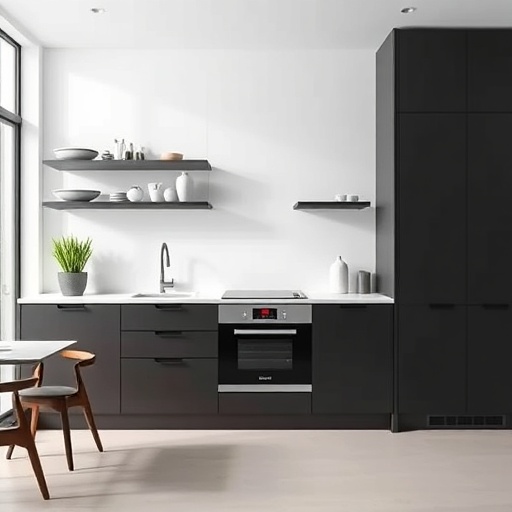
- Simplifying Counters: Keep only essential items on display and store the rest away.
- Incorporating Minimalist Tools: Opt for sleek, functional appliances that blend into the decor.
C. Bedroom
The bedroom should be a sanctuary. Consider these ideas:
- Restful Environment: Use calming colors and minimal decor to promote relaxation.
- Minimalist Bedding Setup: Choose simple, high-quality bedding that enhances comfort.
D. Bathroom
In a minimalist bathroom, aim for: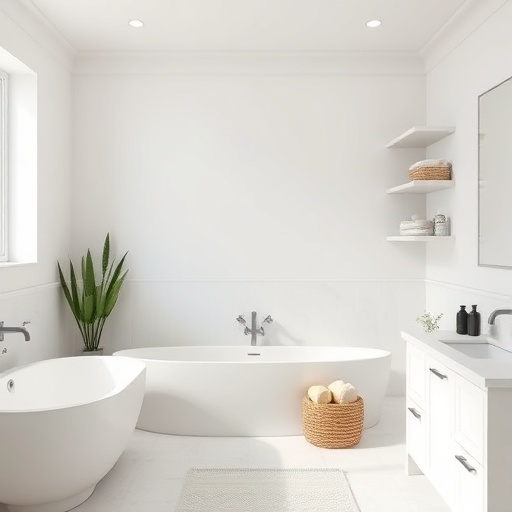
- Simplicity in Accessories: Limit decorative items to maintain a clean look.
- Serene Spaces: Use neutral colors and well-organized storage solutions to enhance tranquility.
E. Home Office
To create a distraction-free home office: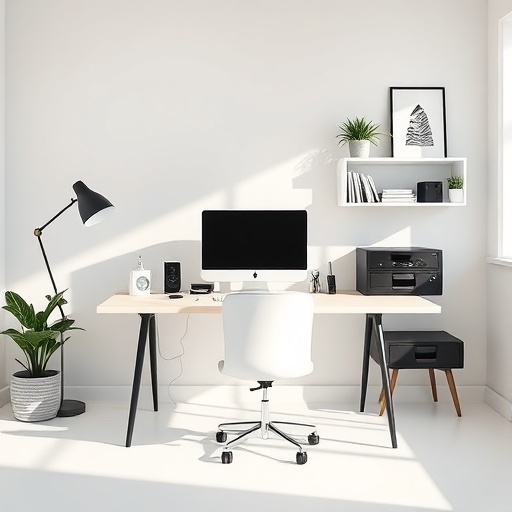
- Essential Supplies Only: Keep only what is necessary for your work to minimize distractions.
- Functional Desk Setup: Opt for a clean desk with minimal clutter to enhance productivity.
V. Minimalist Decor Ideas for Different Styles
A. Scandinavian Minimalism
Characterized by simplicity and functionality,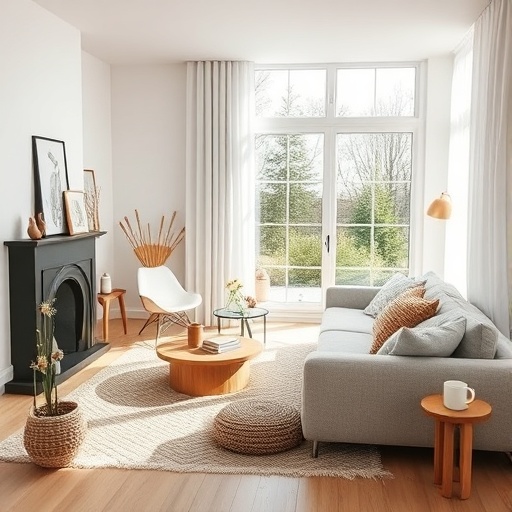
Scandinavian design features:
- Light Colors: Bright whites and soft pastels.
- Natural Elements: Incorporating wood and greenery for warmth.
B. Japanese Zen Minimalism
Japanese minimalism embodies principles such as: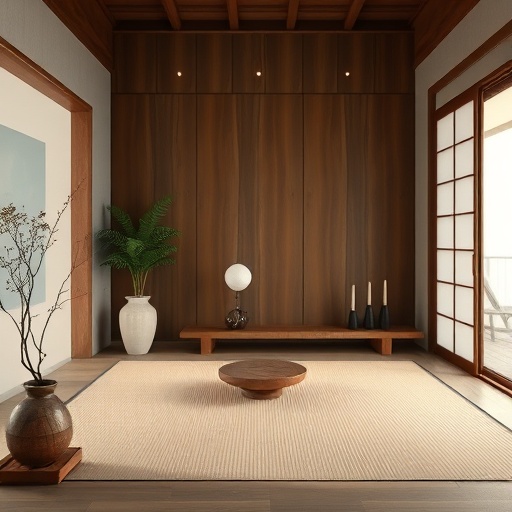
- Wabi-Sabi: Embracing imperfection and transience.
- Zen Elements: Incorporating natural materials and serene spaces.
C. Modern Minimalism
Defining modern minimalism involves: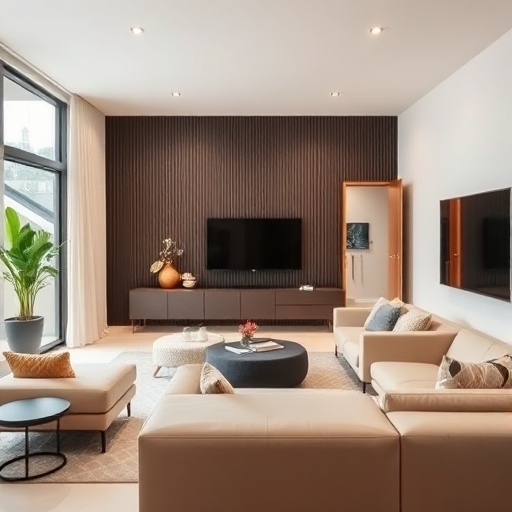
- Clean Lines: Simple shapes and forms.
- Contemporary Furniture: Sleek designs that complement minimalist aesthetics.
D. Industrial Minimalism
To achieve an industrial minimalist look,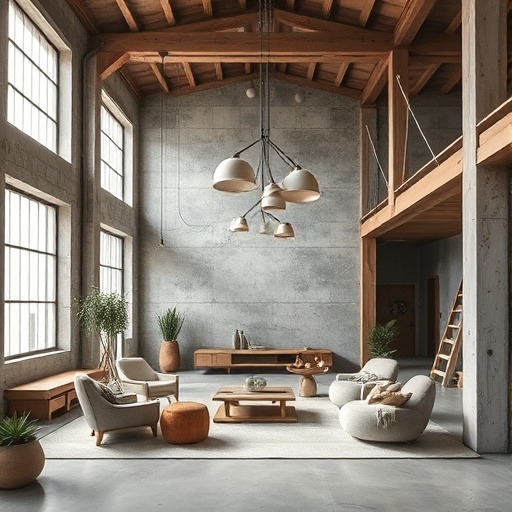
consider:
- Raw Materials: Use metal, concrete, and wood for a rugged feel.
- Open Spaces: Keep layouts open to create a sense of freedom.
VI. Minimalist Decor on a Budget
A. Thrifting and Upcycling
Finding minimalist pieces at thrift stores can be rewarding. Here are some tips:
- Thrift Shops: Look for unique, high-quality items that fit your aesthetic.
- Upcycling: Get creative with existing furniture to give it a new life.
B. DIY Minimalist Decor Projects
Engaging in DIY projects is a great way to personalize your space:
- Simple Ideas: Create wall art, plant holders, or decorative shelves.
- Sourcing Materials: Use affordable materials that align with minimalist principles.
C. Prioritizing Investments
Investing wisely is crucial for achieving a minimalist look on a budget:
- Key Pieces: Identify essential items that will last and enhance your space.
- Balancing Budget: Look for items that provide both aesthetic appeal and functionality.
VII. Common Mistakes to Avoid in Minimalist Decor
To successfully achieve a minimalist look, avoid these pitfalls:
- Over-Decluttering: Strive for thoughtful selection rather than simply removing items.
- Trendy Items: Focus on timeless pieces that reflect your personal style.
- Neglecting Personal Style: Ensure your space remains a reflection of you.
VIII. Maintaining Your Minimalist Space
A. Regular Decluttering Habits
Developing a routine for decluttering is essential:
- Set a Schedule: Regularly assess your belongings to maintain a minimalist space.
- Lifestyle Choice: Make decluttering a part of your everyday life.
B. Mindful Consumption
Practicing intentional purchasing helps maintain a minimalist ethos:
- Quality Over Quantity: Prioritize high-quality items that serve a purpose.
- Intentional Purchasing: Assess needs before acquiring new items.
Key Takeaways
- Minimalism promotes **simplicity** and **functionality** in home decor.
- Intentional selection of items is key to achieving a minimalist aesthetic.
- Focus on **quality** furniture and decor over quantity for lasting impact.
- Regular decluttering and mindful consumption sustain a minimalist lifestyle.
IX. Conclusion
Embracing minimalist decor can transform your space into a haven of tranquility and functionality. By prioritizing simplicity and intentional selection, you can create an environment that reflects your personal values. Consider minimalism not just as a design choice but as a lifestyle that enhances your daily living experience.
FAQ
What is the main principle of minimalist decor?
The main principle of minimalist decor is to focus on simplicity and functionality, emphasizing essential items and eliminating excess to create a calm and organized environment.
How can I start decluttering my home?
Begin by assessing each room and identifying items that no longer serve a purpose. Set aside time regularly to sort through belongings and make intentional decisions about what to keep.
Can minimalist decor be stylish?
Absolutely! Minimalist decor can be incredibly stylish by emphasizing clean lines, quality materials, and cohesive color palettes that create a sophisticated and inviting atmosphere.
Is minimalism only about having fewer items?
No, minimalism is about intentional selection and prioritizing quality over quantity. It encourages individuals to keep only what is necessary and meaningful, rather than merely reducing the number of items.
